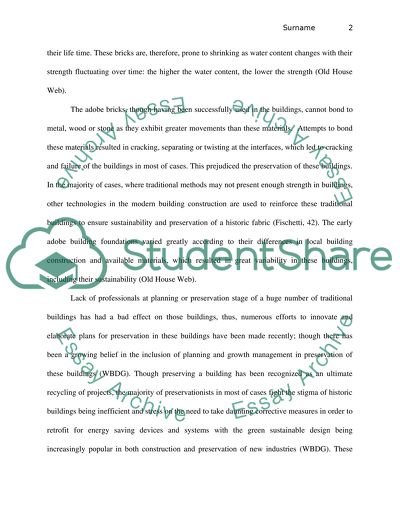Cite this document
(“Technological Advancements in Historic Preservation Research Paper”, n.d.)
Technological Advancements in Historic Preservation Research Paper. Retrieved from https://studentshare.org/architecture/1444032-technological-advancements-in-historic
Technological Advancements in Historic Preservation Research Paper. Retrieved from https://studentshare.org/architecture/1444032-technological-advancements-in-historic
(Technological Advancements in Historic Preservation Research Paper)
Technological Advancements in Historic Preservation Research Paper. https://studentshare.org/architecture/1444032-technological-advancements-in-historic.
Technological Advancements in Historic Preservation Research Paper. https://studentshare.org/architecture/1444032-technological-advancements-in-historic.
“Technological Advancements in Historic Preservation Research Paper”, n.d. https://studentshare.org/architecture/1444032-technological-advancements-in-historic.


